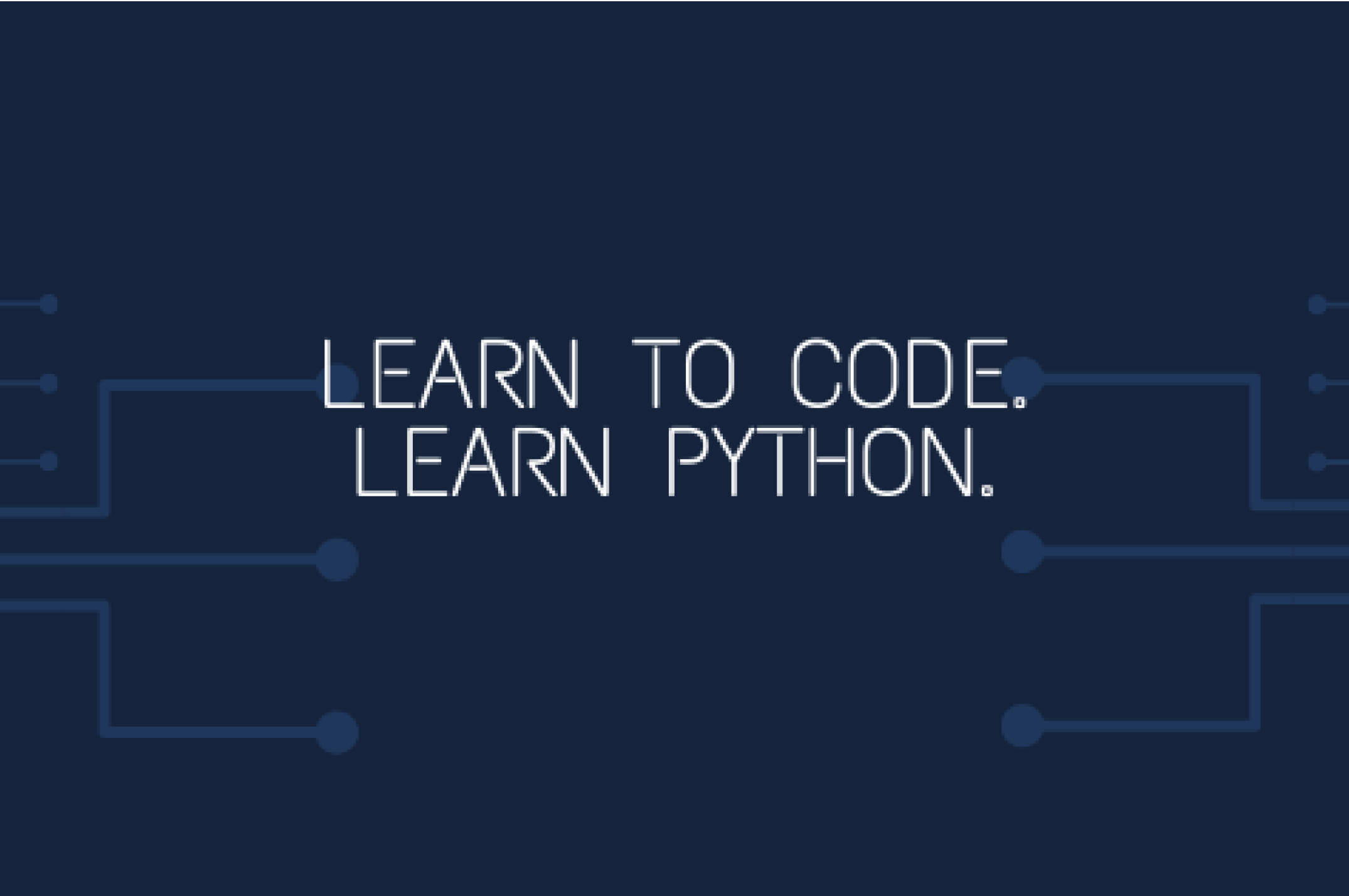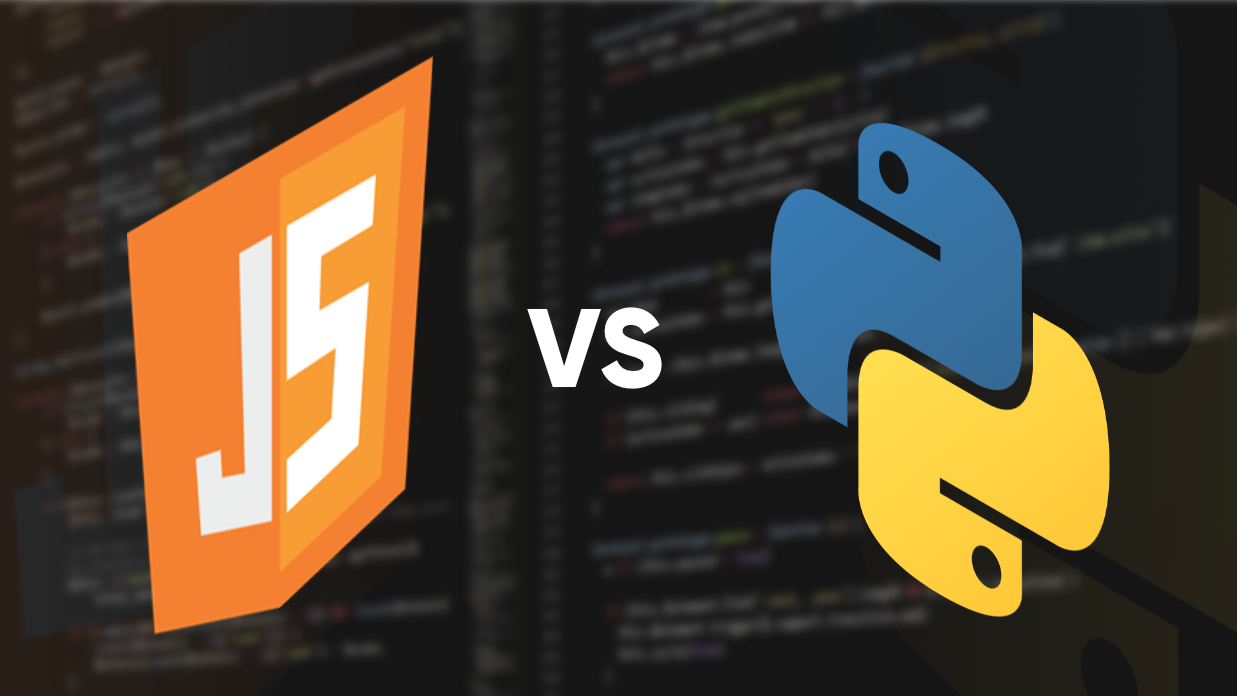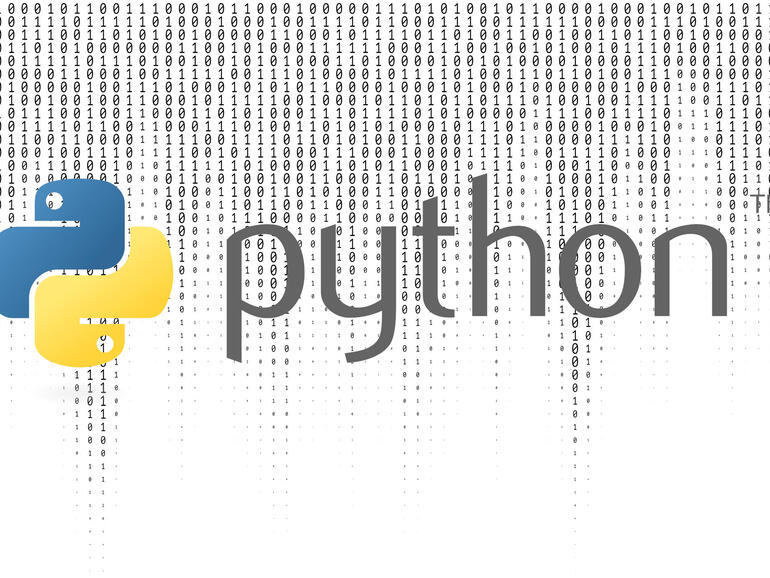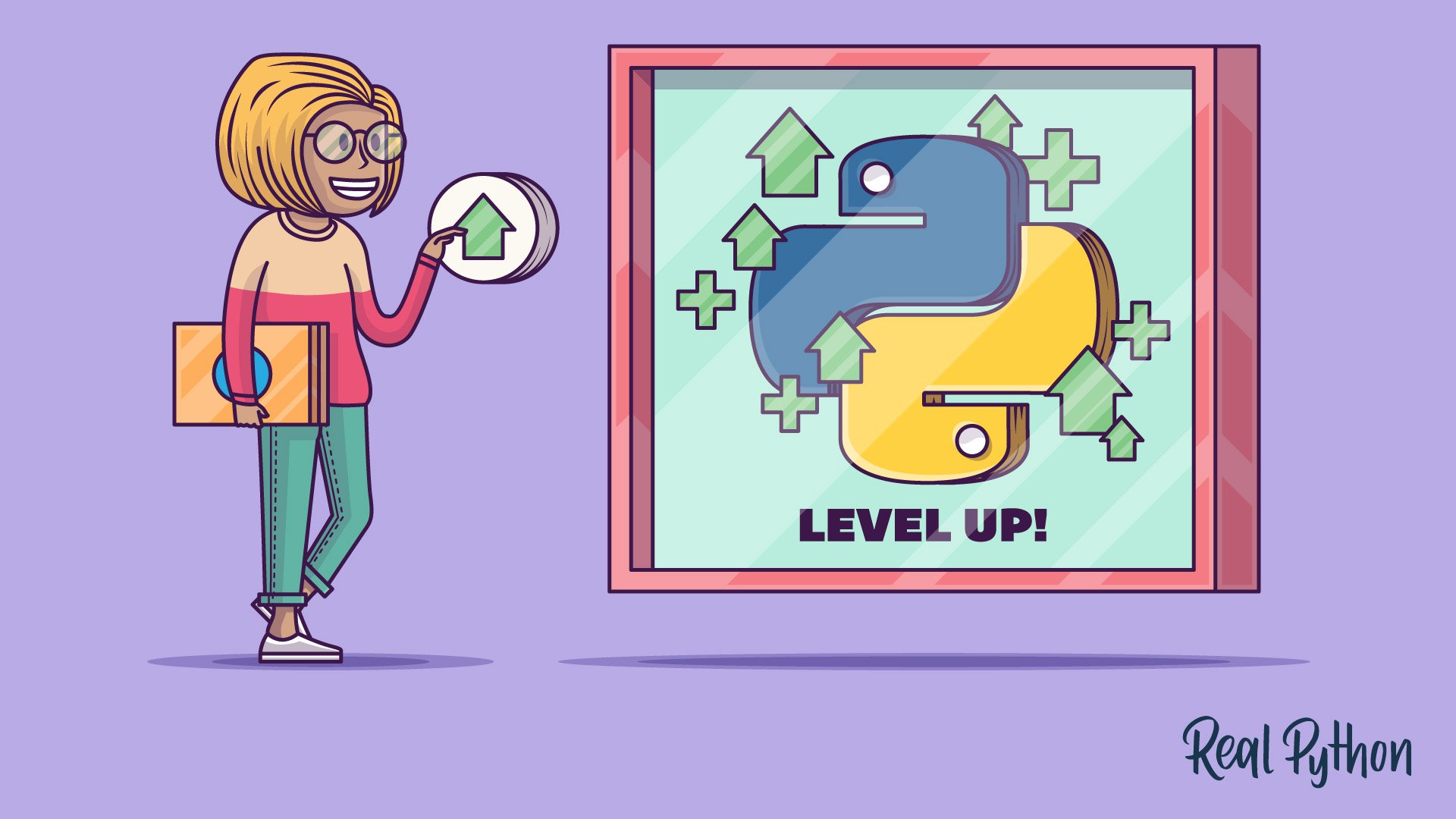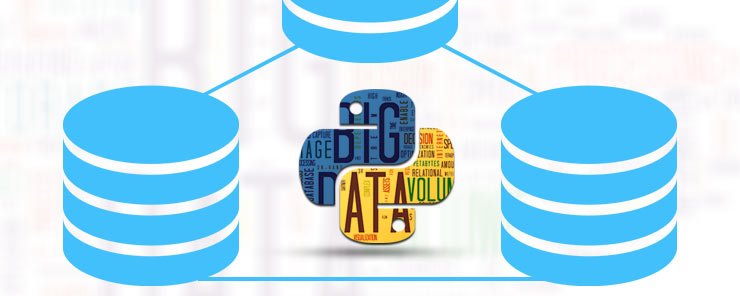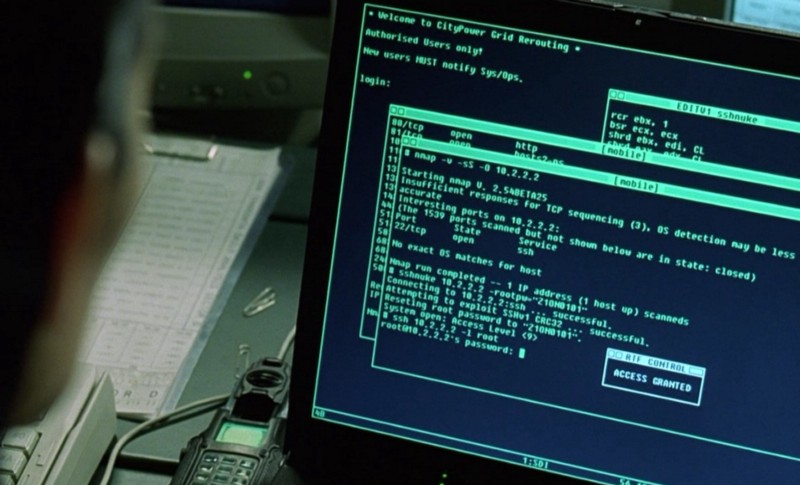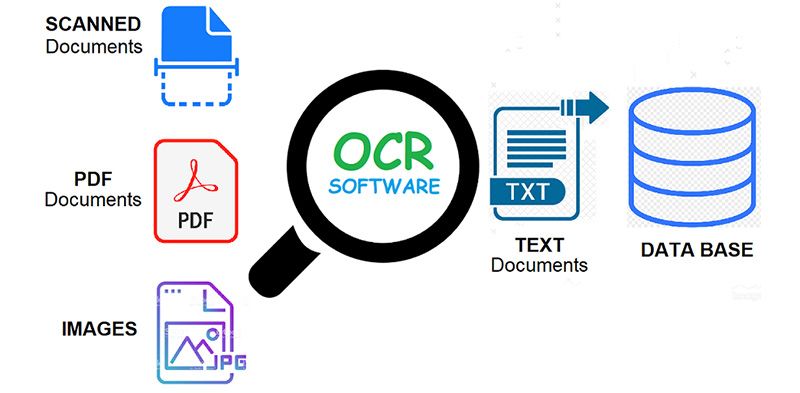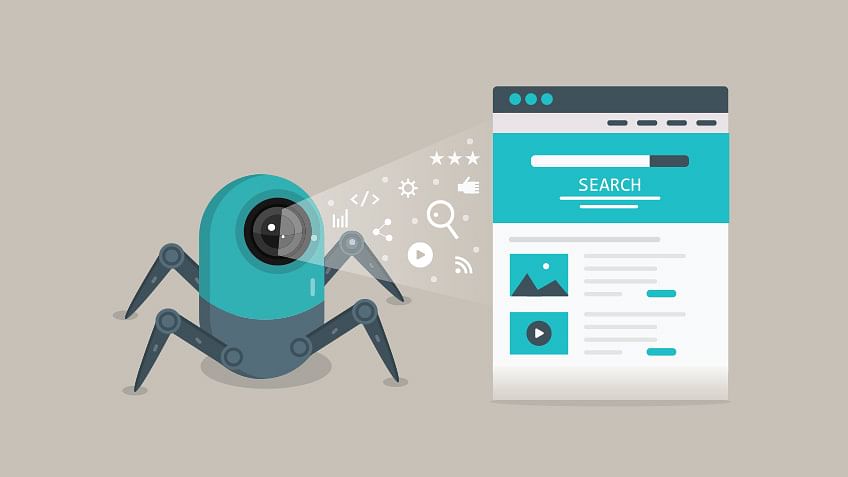Has it ever happened to you that you try to achieve something but the end result was totally unanticipated? Sometimes good things are an accident – Electricity, Discovery of America, Gravity, and PHP.
Wait, what?
Actually, PHP was never intentionally designed. Rasmus Lerdorf, a Danish software engineer attempted to design an easy common gateway interface by using the C language that would help him track views on his CV. Little did he know what he had created for such a menial task is going to change the face of web applications.
As for Python, the language has its own fan following spread worldwide.
What is there to see is how these two fare when put under juxtaposition. Yes! We are talking about the popular battle of PHP vs Python.
So, why don’t we begin the first round by discussing what they are, individually?
What is Python?
Well, of course, it’s not a snake (pun intended).
For real, Python is one of the few best web programming languages for web development that is winning the hearts of many around the world. It is a non-complex object-oriented, high-level, interpreted language, possessing amazing built-in data structures connected with dynamic typing and binding. It is features such as these that make developers choose this language for efficient and effective app development.
What is more, it is a scripting language that is proficient in binding and combining numerous components together. To add another jewel to its crown, it favors cross-platform development, making it ideal for web and mobile app development.
In fact, Python had recently won second place as the most popular language on Github, beating Java to dust and is one of the most loved languages.
Features of Python programming language
Fast in nature
There is no compiling in Python, for the programs are added to the interpreter which runs them directly. This is something that happens for the rest of the programming languages. It is very easy and quick to get access to the feedback on your Python code like recognizing errors, etc. Due to reasons like this, Python has the ability to execute and finish the programs speedily in comparison to other languages.
Supports test-driven development
With Python app development, coding and testing go hand-in-hand, something that is a tried and tested way to the efficacious development process. Developers are able to develop prototypes of the applications as Python allows them to refactor the code.
Amazing standard library
Another probable feature of Python programming language that enabled it to beat Java on Github, is its collection of impeccable libraries. Python’s robust standard library supports the programmers in choosing modules as per the requirements demand. Here every module allows developers to add other multiple functionalities even when the process is about to complete and that too without any additional coding.
{Bonus- Java vs Python: Who is Winning the Coding Battle?}
Support for Big Data
If you have been looking forward to working on the Big Data technology but aren’t sure what should be in your tool set, then trust me, Python will be all you need to start with. This programming language is being used extensively in Big Data development; simply because it is faster and has a lot of libraries in store, that are in harmony with Big Data.
Highly compatible
Python is the first choice of developers who want to do away with the recompilation process. It is because along with supporting numerous OS like iOS, Android, Windows, etc., it allows developers to use Python interpreters to run the same code on all platforms and even modify it without performing recompilation. And on top of it, it allows programmers to check the code almost instantly when the changes are made.
Advantages of Python
- Object-oriented and cross-platform programming language
- Portable in nature due to WORA functionality
- Highly readable, making it easy for beginners
- It is open-source, a feature which makes it easily accessible
- It is a constantly evolving language
Disadvantages of Python
- Slightly in-effective in mobile computing and browsers
- Design restrictions: Duck-typing may cause run-time errors
- Delayed testing of web applications
- A little too simple for certain tasks
Popular apps made with Python
Being a trusted programming language, there are many popular use cases of Python you must be knowing already.
What is PHP?

Speaking of the name itself, it has a little kick to it. The acronym does not fully describes its full form which is Hypertext Preprocessor. It is also an open-source scripting language (means a script-based program) that is server-side in nature facilitating development for every web app development company.
Additionally, it is possible to embed PHP in HTML to create dynamic web pages for web applications, database apps, and E-Commerce apps. In fact, developers consider it to be a pretty friendly language as it can connect with databases like Oracle, MySQL, etc.
Features of PHP
Highly flexible and scalable
To be successful, a language should be flexible and scalable enough to give a wiggle room to programmers to have fun, something which PHP clearly offers. It can be easily integrated with other programming languages, namely, Java and others. The components built with this language are reusable.
There are many extensions available to enable different functionalities, that help in defining many kinds of project requirements.
Fast loading speed
Speed plays a crucial role in making any programming language a favorite of developers. PHP is considered to be a high-speed rendering language as it easily establishes a connection with the database to fetch the requested data in less time as compared to many languages out there in the market.
Supports Cross-platform development
PHP is no way behind Python in catering multiple platforms, i.e, it is also a cross-platform language that helps developers in creating web applications for operating systems such as UNIX, LINUX, Windows, and more. What is more, it also supports Apache and MySQL database.
Loosely typed language
PHP is denoted as a loosely typed language as it supports variable usage without even declaring its data type. It will be taken at the time of the execution based on the kind of data it has on its value.
Error Reporting
One of the amazing features of PHP is that it has a function that generates a warning notice when something is wrong, allowing the developers to address the issues in real-time.
Advantages of PHP
- Has an enormous ecosystem
- Object-oriented and open-source language with an active community
- Interoperability- has numerous pluggable frameworks
- Supports first-class debugging
Disadvantages of PHP
- Threaded and slower execution
- No Internet of Things community support
- Limited visibility and control
- Externally dependent
Popular apps made with PHP
Python vs PHP: Battle begins
Now, let’s see how Python Compares to PHP and vice versa.
1. Performance and speed
Speed is often synonymous with great performance in web applications. And in the case of PHP vs Python performance for web applications, it is no different. It is crucial for web apps to perform error-free while processing millions of requests at a time. PHP is considered to be much more effective at speed. Though PHP 5.x was fast, PHP 7.x broke its own records, leaving average Python programs to dust. It completes the tasks almost 3 times faster.
2. Syntax and code readability
Syntax plays a prominent part as a point of difference between PHP and Python. To be brief, the syntax of PHP kind of resembles that of the C language. The programmers have to be careful and need to use curly brackets, operators, and additional characters. What is more, developers can also ignore the white spaces while the compilation is on-going, bringing the additional usability that will assist in structuring the code into logical components.
As of Python, the syntax is made on the separation of codes with spaces and tabs, expediting the process of coding to a great extent. Moreover, Python’s syntax is readable which makes it easy for beginners to learn it effectively.
3. Price
It is a good thing that both languages are open-source which means nothing but that they are free to use. In fact, developers have advocated that these even though free in nature, maybe better than some of the paid frameworks.
4. Library Support
What gives Python an edge in the battle of PHP vs Python 2020 is that it has exceptionally extensive and well-developed library support for all types of applications developed using Python. Some of the most preferred libraries that developers use in Machine learning development along with others are TensorFlow, Theano, Scikit, etc.
Though PHP is lagging behind, it also has packages repository “Packagist” that is pretty popular among the developers.
5. Web frameworks
Both PHP and Python have loads of responsive and incredible web frameworks to start with. For Python-based web frameworks, some that stand out the most are Django, Bottle, CherryPy, Pyramid, and more.
As for PHP-based web frameworks, we have Laravel, Codeigniter, Zend, Symphony, and so on. As both Python and PHP programming languages provide a pretty good variety of choices to the developers, beginners are still a little bit more inclined towards Python’s Django framework because it is mighty fast.
{Bonus Read: Django vs Ruby on Rails}
6. Debugging
To give you the verdict on this point of comparison of PHP and Python before even diving deep into it, we have to say that it is a draw.
You ask why? Well, if Python has “Python Debugger” (PDB), a well-documented and facile debugger, then PHP has its “XDebug” package; both offering the most basic debug features – stacks, path mapping, breakpoints, and more.
7. Front-end feasibility
Web programmers also look forward to developing the layout or the front-end of their websites and portals using numerous effective tools along with languages like Bootstrap, CS, Angular, etc. Python here provides numerous opportunities for the developers to adopt the same techniques and later combine it with Python code by employing frameworks.
This way, designers can easily design websites, whereas the backend developers find it easy to use via a much subtle and understandable language like Python. So, definitely, Python here wins over the PHP.
8. Usability
It is prominent to consider the architecture of the languages before we conjecture anything in favor of either language.
The fact that both Python and PHP are object-oriented translate into that they compress code modules containing some functions and data in objects. So, any developer who is even a little bit familiar with object-oriented programming can use either of the languages.
9. Maturity
On the grounds of maturity, Python is inevitably the winner since it was first introduced in 1989 by Guido van Rossum and released in 1991. Its latest update 3.8.0 was released recently on 14 October 2019. It is the most mature and secure among the technologies which make the fundamental building blocks of the intricate mosaic that is the IT industry.
As for PHP, it was created in 1994 by Rasmus Lerdorf. Though not as mature as Python, it still has created a still in the market with its features. The very first manifestation of PHP was a simplistic set of Common Gateway Interface (CGI) binaries that were written in the C language. The latest version of PHP is 7.2.7.
10. Package Management
Speaking of Python, its package managers are effective in organizing the code and keeping the backups along with the version numbers. It helps the developers track their progress while helping businesses perform regular updates on the activities.
As of PHP, though is package management, however, it doesn’t match up to the PIP, a tool to manage and install Python packages. It allows developers to install, upgrade, and even uninstall while using a wide range of sources for external as well as internal libraries.
11. Market Popularity
If you want to judge or compare two things, market popularity tops the list of points of comparison, because it indicates why developers and programmers love something.
Looking at this graph above we can surmise that Python is the most searched on the web in the US as compared to PHP.
It has been observed that 7,212,664 websites have been developed using PHP, and as for Python, the number amounts to be 146,702. What is more, PHP is leading in countries like the US, Japan, Germany, and other 150+ countries. In a survey by w3techs.com, as you can see in the graph, it is evident that as of May 29, 2019, PHP was the most popular language based on traffic.
12. Versatility
Python in comparison to PHP is evidently versatile in nature as it is an ideal choice for developing websites integrated with Machine Learning and AI. It comes with an abundance of libraries that support these technologies and facilitate their integration into the web apps.
13. Well-thought-out design
While comparing PHP vs Python for backend, we found that Python, as compared to PHP, is fairly easy to grasp. Python has a well-thought-out-design (refers to the method used to insert code) than PHP. This means that developers find it easy to program for backend with Python than they do with PHP. It is simply because Python is a flexible yet robust programming language, something that PHP lacks.
14. Documentation
Well, it is a draw. Both languages have an abundance of documentation spread across the internet. Any beginner can easily find resources and documents related to any aspect of these languages and can get answers to even the most complicated queries- All thanks to their communities.
15. Environment Management
Speaking of environment managers, Python is extremely lucky in this regard. There are some terrific breed applications to manage the environment. One such example is Virtualenv – a system that is used to install and use numerous versions of Python simultaneously and switch them as often as needed with ease.
Though PHP also has an analog for Virtualenv known as VirtPHP. However, it is advised to use containers.
16. Learning Curve
Starting with PHP, being a straightforward language, it has a fairly low learning curve. It is ideal to learn PHP for short-term projects, but if you want to learn something that gives long-term benefits then Python is your match.
Though on its own PHP is easy to learn, however in comparison to Python, PHP has a steep learning curve for Python is the most readable and easily comprehensible language. It is because the language uses a much simpler syntax.
17. Community Support
Both languages enjoy the support of active communities. It is a crucial aspect for a beginner to consider before committing oneself to a particular language, simply because the learning process is full of doubts and queries and having strong support resolves half the issues.
However, we have to admit that community support of PHP is outstanding, given how actively they have been deprecating the language’s outdated aspects.
18. Salary and Job opportunities
While considering the payscale of both languages, we found that Python developers, on average, make somewhere around $120,024 every year in the United States. Whereas, PHP developers make an average of $86,017 per year.
In fact, you can see in the image above that Python developers, globally make nearly $63k, whereas PHP did not even make it to the list accumulated by Stack Flow.
Final Thoughts
To end this discussion, we would state the most obvious – both languages are differently capable in all aspects. One may surpass the other in one aspect and may lose in others. They both have their own set of features and functions to perform.
They are a paradox in themselves; there are many similarities between PHP and Python, and at the same time are dissimilar as well in many aspects.
Nevertheless, Python has emerged to be the winner in most of the comparison points such as documentation, job opportunities, salary, etc. So, it is up to an individual which one they choose based on their requirements.




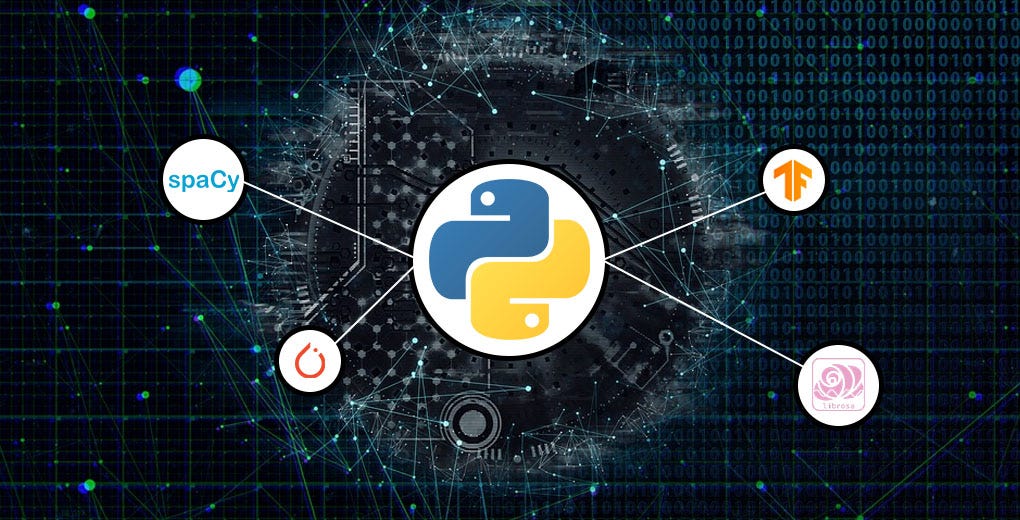




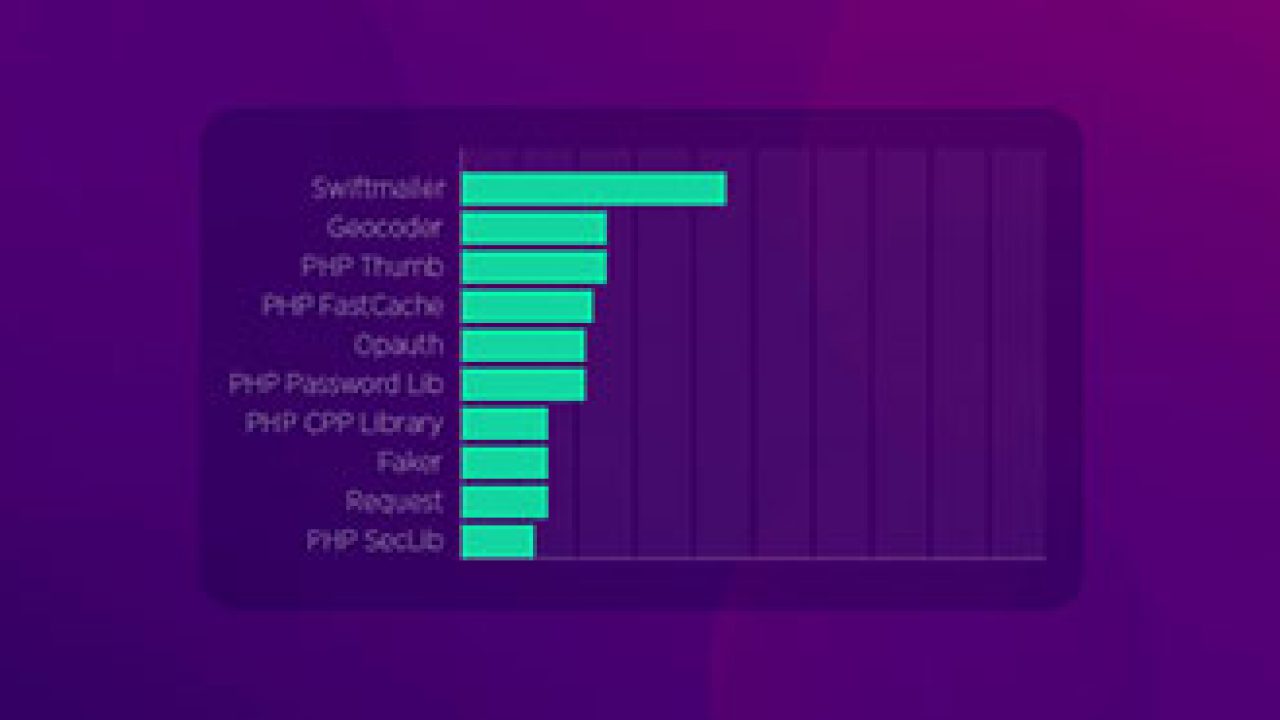

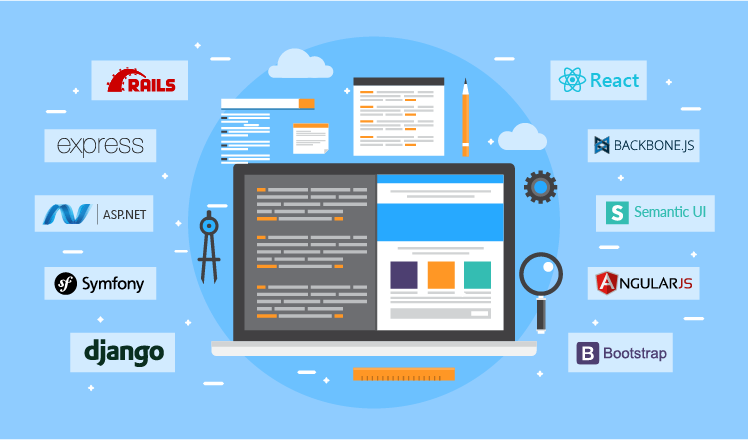



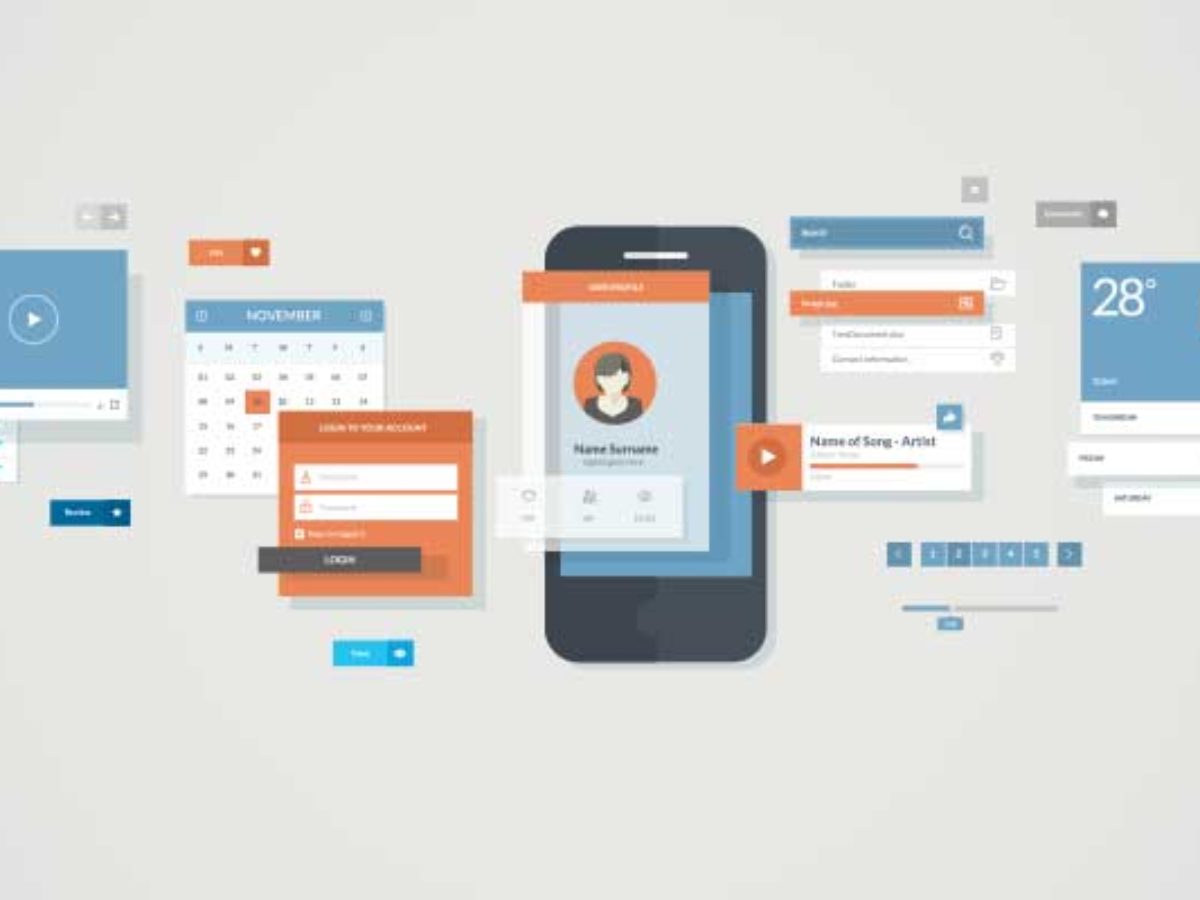
![Importance of Project Documentation in Project Management [Updated]](https://www.simplilearn.com/ice9/free_resources_article_thumb/project-documentation-article.jpg)





